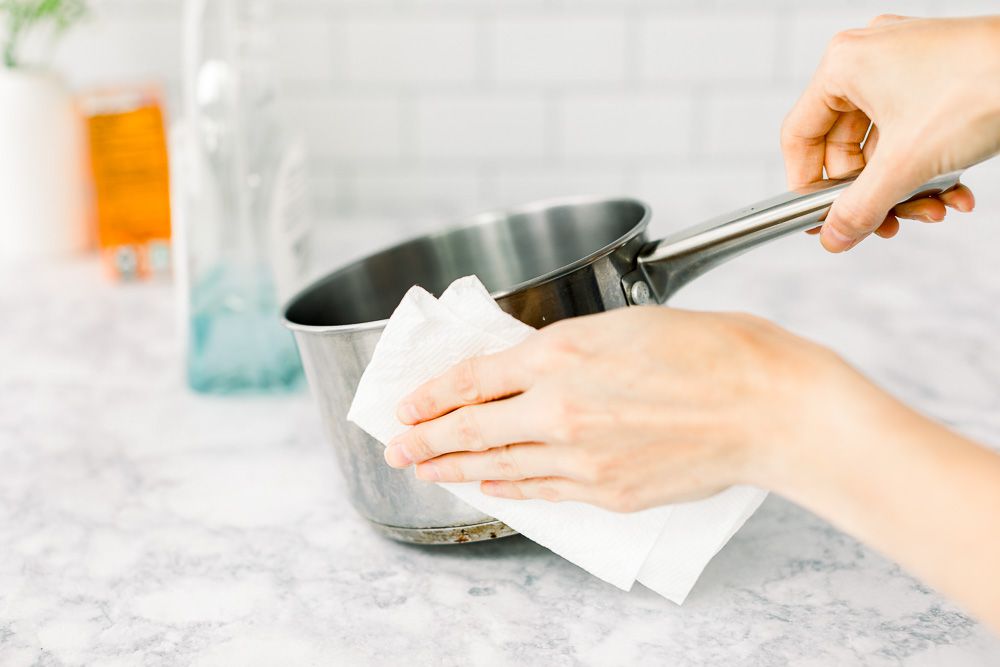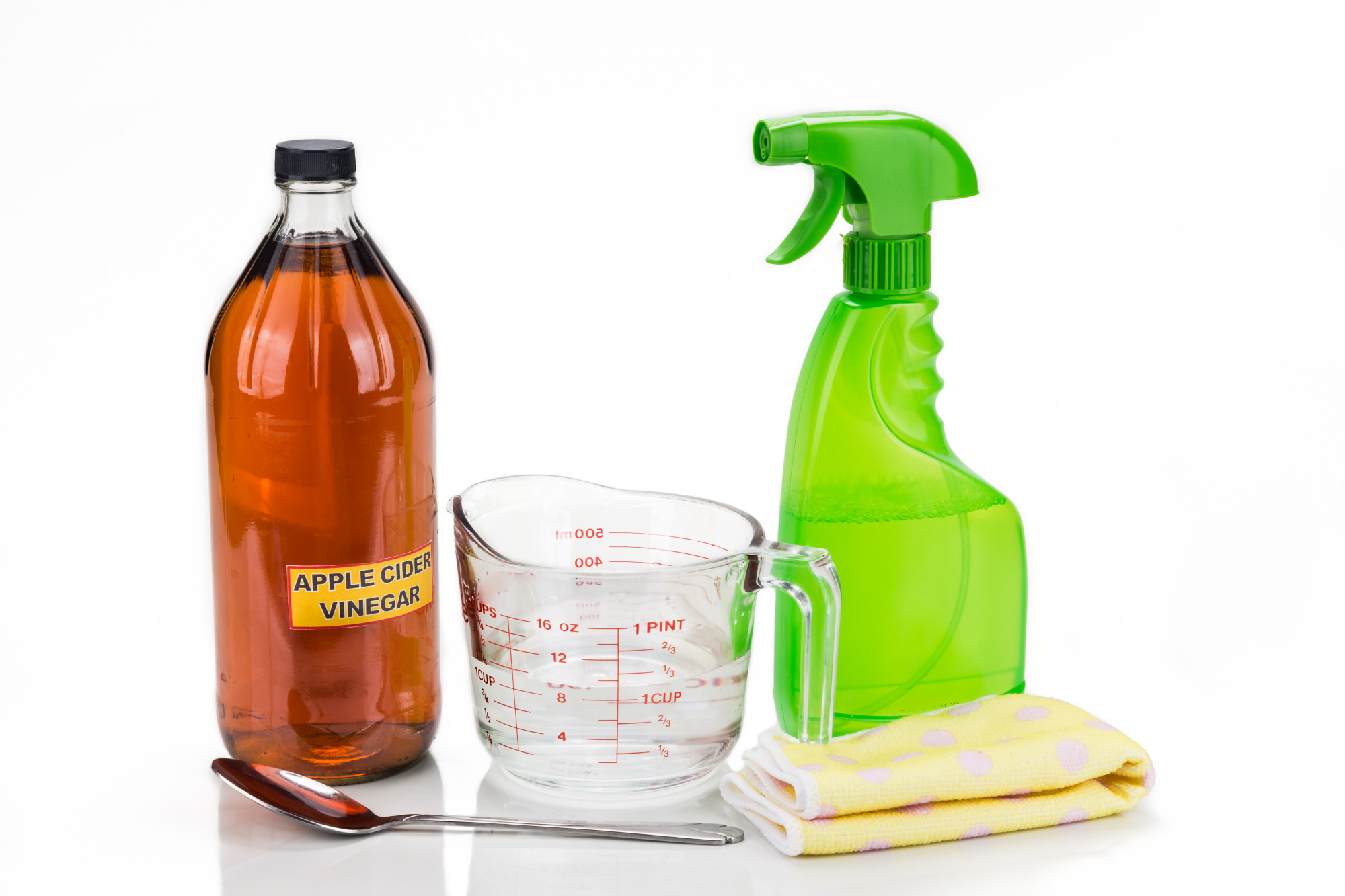Those of you who work in a kitchen – at home, at work or in your business – know how valuable a set of pots and pans can be. Daily use usually kills them in less time than you’d think. One day you’re taking pictures of them for your social media and the next day, suddenly, they’re on their way to the “pot clinic” at the nearest market or, worse, they end up in the trash.
Sure, no one can reverse the untimely passage of time, grease and fire, but we can mitigate its effects on our favorite things. Cleaning is also essential to remove harmful substances that can affect our health. Hygiene is essential in everything related to food, to avoid infections or allergic reactions. For this reason, we have put together a series of tips for cleaning your cookware.
Yet, you should first remember that not all pots and pans need the same treatment.
Your Weapons
Anyone who knows a bit about cleaning, also knows that you need a minimum amount of equipment (your weapons really) to avoid arriving defenseless and succumbing in battle. What does this team consist of? Easy: the yellow sponge -or its equivalent-, for the most delicate surfaces; the green fiber, for the works with more friction, and the metallic ones, for the hardest works. The brush or nylon bristle brush is not essential, but it helps a lot on the edges without damaging the surface. Now yes, let’s get to the process.…
Every sponge, scrubber or brush has a purpose. Use them properly.
Water
Sometimes we get carried away with the impression, and we start to want to clean without evaluating what it is. But it is very important, for example, to differentiate a simple grease stain from a carbon cyst before acting. For this reason, soaking with water is always good and will first remove surface residue. This is the first step. The second is heat. If you don’t have hot water in your sink, you can put the pot or pan with the water and the dishwasher on the stove. The hot water will loosen the food stuck to the dish even more, especially the greasy ones. Of course, the water does not act alone…
Leaving the pans with a little water and washing the dishes will make cleaning up easier later.
The Powerful Dishwasher
The dishwasher is the one that allows you to properly clean the surfaces of pots and pans. And it works best with hot water. There are paste and liquid ones, and everyone chooses according to their preferences. But the important thing is that the soap or dishwasher produces foam, because that’s how it works best. When we dilute the soap too much in the water, it loses its effectiveness. Attention: resting the water with the dishwasher, a few hours, significantly improves its cleaning effect. Sometimes it is better to leave for the morning what cannot be washed today.
The Magic Powder
If you’ve made it this far, it’s a serious matter. We’re talking about dark spots on dark edges, the product of layers and layers of grease accumulated who knows how long ago. They grow in size as a permanent reminder of our inability to cope with this harsh reality. It’s time for the magic powder: baking soda.
The horror: there are pots that require extreme measures. Fortunately, baking soda is absolutely harmless.
To use it, you can start by dissolving it in water and applying it to the areas you want to work on. The areas near the handle tend to accumulate fat from fried foods and salad dressings. Use a toothbrush to reach the hardest areas. Rest, again, is key. Let the paste sit silently for 20 or 30 minutes or more. Then sponge or fiber.
Baking Soda With Vinegar (Or Lemon) Also Work
If that still doesn’t do the trick, the final step is to combine baking soda with vinegar or lemon juice. And let it work again. The bubbling effect of the reaction between the alkaline of the baking soda and the acid of the vinegar or lemon is responsible for the dissolution of these carbonized remains. The rest is patience, a little force to apply pressure, and the use of the right sponge. Green and metallic fibers are great for cast iron and stainless steel pans, but certainly not for non-stick (so-called “Teflon”) surfaces, as they will damage them beyond repair. Of course, you can use them on the outside of these types of pans, such as those exposed to fire.
The result is amazing, isn’t it? But try not to let it get to that point. Clean your pots and pans properly every time you use them and prevent grease and moisture build-up. This way, your cookware will last for years.
For the baking soda and vinegar mixture to work, leave it on for a few minutes. The rest is just muscle.
There you are! With the proper tools, you can be sure that your cookware will always clean as a whistle. Do you have any other cleaning tips? Let us know in the comments below.



